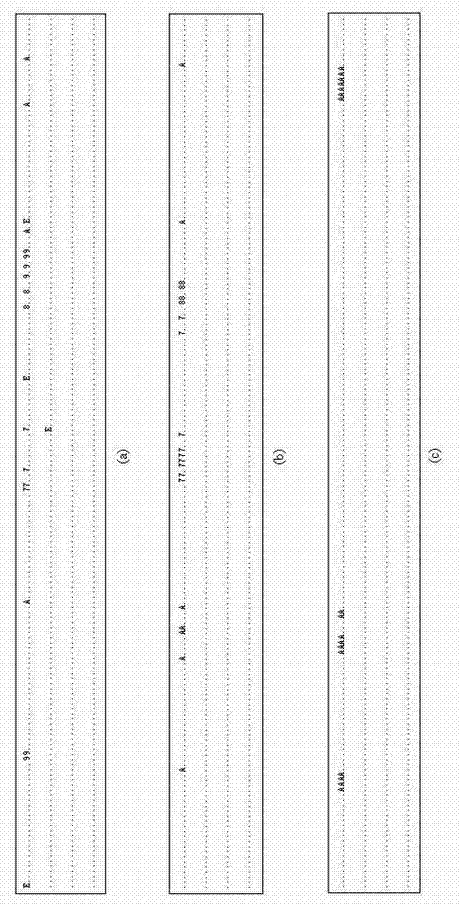Method for identifying environment sound events based on time spectrum amplitude scaling vectors
A technology for environmental sound and events, applied in the field of sound event identification, to achieve excellent performance, effective identification and classification
- Summary
- Abstract
- Description
- Claims
- Application Information
AI Technical Summary
Problems solved by technology
Method used
Image
Examples
Embodiment Construction
[0019] The method for identifying environmental sound events based on spectrum-time-amplitude grading vectors in the present invention first calculates the spectrum-time-amplitude grading vectors TSASV of various related sound events as identification prototypes, and stores each identification prototype in a database as a template for distinguishing sound events to be tested Then calculate the TSASV of the sound event to be tested, and compare the TSASV of the sound event to be tested with each identification prototype stored in the database, the prototype sound corresponding to the closest identification prototype of the TSASV of the sound event to be tested Event is the sound event to be recognized.
[0020] The construction method of the time-amplitude grading vector of the spectrum is as follows figure 1 shown, including the following steps:
[0021] Step 1: Perform fast Fourier transform on the acquired environmental sound events to generate a spectrogram;
[0022] Step...
PUM
 Login to View More
Login to View More Abstract
Description
Claims
Application Information
 Login to View More
Login to View More - R&D
- Intellectual Property
- Life Sciences
- Materials
- Tech Scout
- Unparalleled Data Quality
- Higher Quality Content
- 60% Fewer Hallucinations
Browse by: Latest US Patents, China's latest patents, Technical Efficacy Thesaurus, Application Domain, Technology Topic, Popular Technical Reports.
© 2025 PatSnap. All rights reserved.Legal|Privacy policy|Modern Slavery Act Transparency Statement|Sitemap|About US| Contact US: help@patsnap.com



